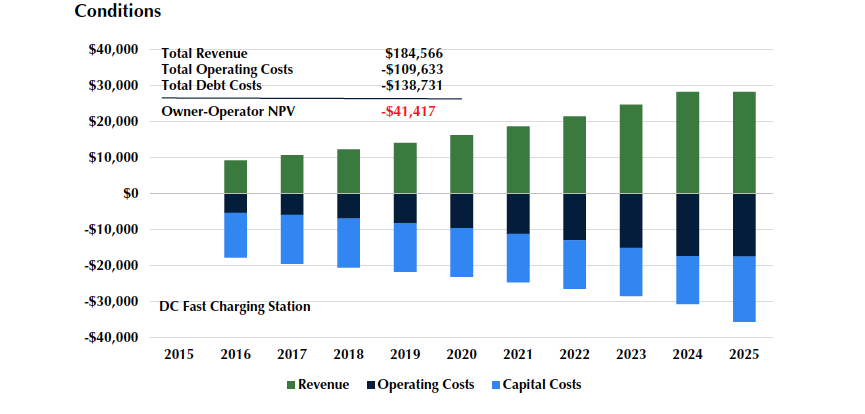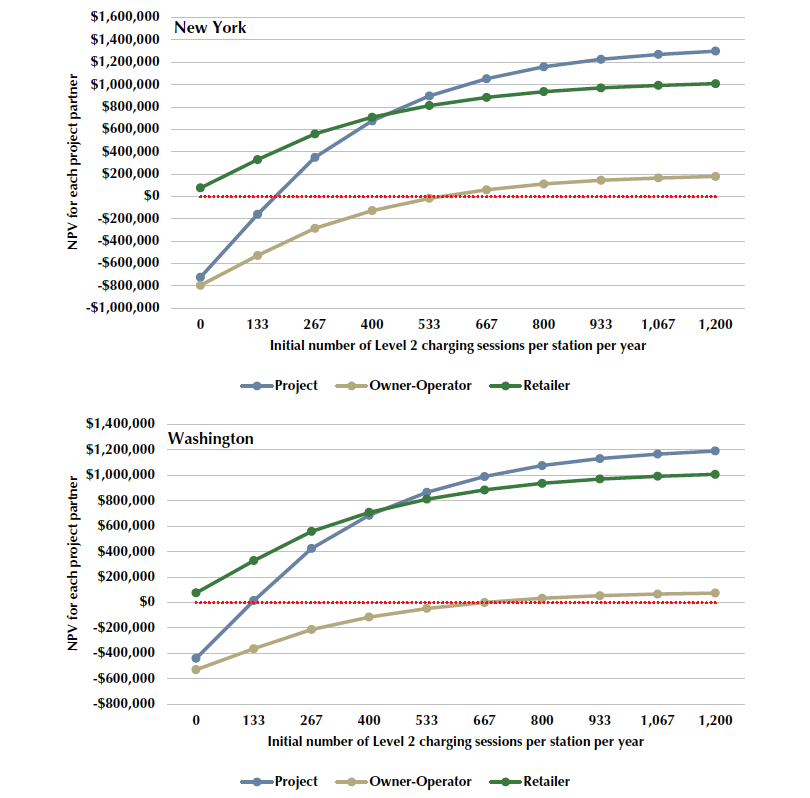More than 300,000 electric vehicles (EVs) are already on the road in the United States, but to ramp up adoption of this technology, consumers will need more access to charging beyond their home or office.
C2ES has identified business models that, combined with near-term public support, could boost investment in publicly available EV charging and expand the environmental benefits of EVs.
The business models are detailed in a new C2ES publication, Strategic Planning to Implement Publicly Available EV Charging Stations: A Guide for Businesses and Policymakers. The guide draws on research from a two-year initiative in partnership with the National Association of State Energy Officials (NASEO) to explore innovative financing mechanisms aimed at accelerating the deployment of alternative fuel vehicles and fueling infrastructure.


